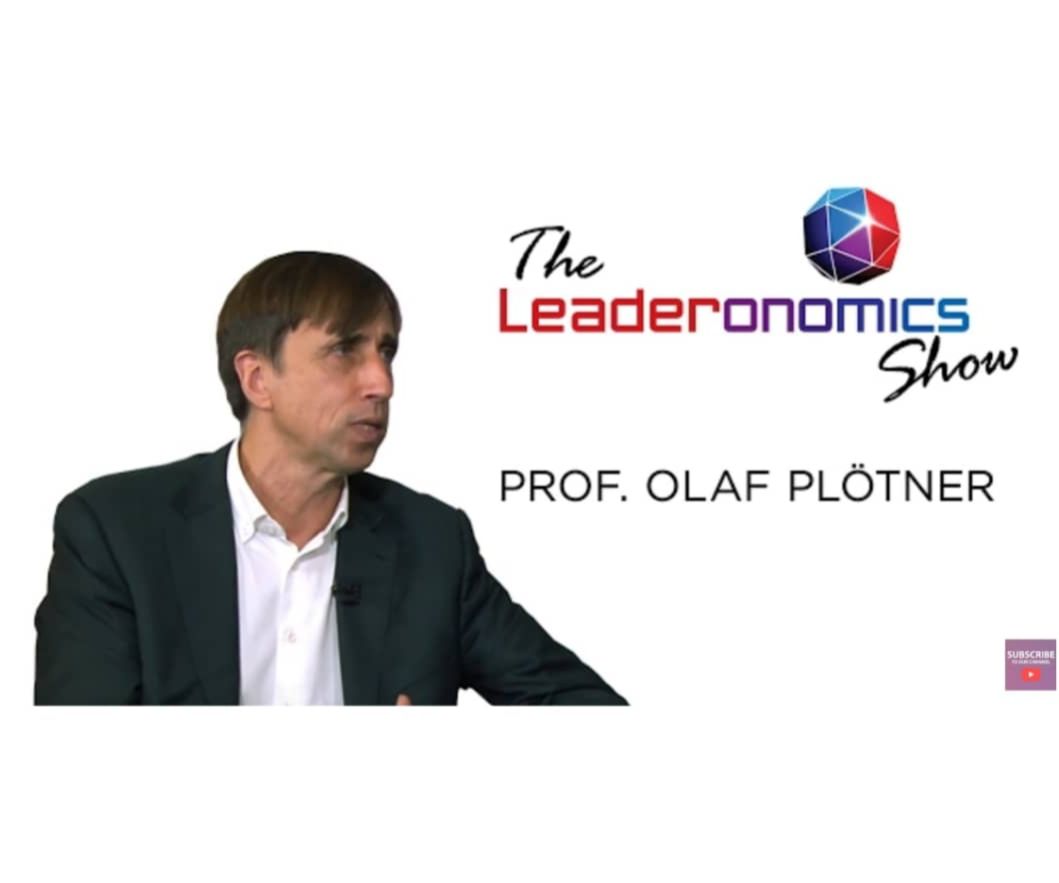Do You Know Performance From Productivity?

What businesses should ponder is what sort of connection exists between them
I was recently sitting in a board meeting when I heard, “Our productivity is improving” followed by “We did more moves last year than the previous year”.
While the other board members applauded this increase, I was puzzled by that conclusion and wondered, “Did the increased performance equate to improved productivity?”
More moves do not mean they were more productive. All it means is they did more moves.
Those moves could have come as a result of increased input, meaning more hours worked. If so, they are not any more productive.
Actually, they may be less productive. An increase in revenue or performance is not synonymous with productivity.
Performance and productivity are not the same
Doing more does not mean you are more productive. You may be performing better, but at the expense of increasing effort, which may be masking a flawed fundamental.
There is a vast difference between performance and productivity. Performance is the process of carrying out or accomplishing an action, task or function.
It is your ability to accomplish the expectations of your company. Usually, we measure how successfully you perform against pre-agreed criteria: Key Performance Indicators (KPIs), goals, objectives, etc.
Organisations’ reward systems – an obsession with KPIs means that job performance equals a good ranking with the hypothesised concept of the requirements of a task or activity.
The common practice is that performance measurement is connected to company goals and a set of metrics used to quantify or qualify the efficiency and effectiveness of actions taken.
Unfortunately, this leaves you vulnerable to the misconception that you are more productive when you improve your performance.
Performance does not mean that you produced anything. It means you did something to a particular standard. What is alarming is that performance can improve at the expense of productivity.

Image | 123rf
READ: Being Busy Is Not A Sign Of Productivity
Productivity is a commonly used but often poorly defined term. The understanding of productivity is found in its root word ‘produce’.
Productivity concentrates on the output, i.e. what is produced. On the other hand, performance is often activity based, quantitative or qualitative.
While you are doing something, it doesn’t mean that you are producing anything in exchange for your time. Workforce productivity is expressed as the ratio of output – what you produce – to inputs – the hours that are worked.
In short, it is nothing but attaining the highest possible outcome, while consuming minimum factors of input.
It is a crucial factor in the performance of firms, but it is fundamentally different. If you are only measuring performance or allowing the misuse of the term productivity, a generalised hypothesis would be that your productivity is declining.
Boosting productivity
Over the past decade, many organisations across the region have been experiencing a decline in productivity. Meaning, it takes more people to produce less.
Have you fallen victim to growing your input (hours worked) at a faster rate than the growth of your output (what you produce)? Productivity growth is essential if you want to grow your profitability.
Before you jump to the conclusion that productivity means shrinking your workforce, it does not.
Your focus should begin with making sure that every hour that is worked is aligned with what you produce. Effectively, you buy time with a premium for knowledge, experience and skill.
But at the end of the day, you buy time. So, instead of thinking about how many employees you have or need, shift your focus to thinking about time – hours. How many hours do you need for what is being produced?
Is every hour that you have bought contributing towards your outcome?
We regularly find that because there is confusion about what productivity means, minimal attention is focused on the hours worked.
Therefore, it is likely that your employees have idle time in their day, which is being consumed by social media and water cooler interactions or on double time – which is when work is being repeated – and wasted time, when employees are working on things that do not make a difference.
Moving forward
Make sure that every hour is used for the right thing, the right way, or better yet, the best thing in the best way.
Do not confuse productivity and performance, and do not use the two interchangeably. Productivity is the measure of output per hour worked.
Dr Weir holds a doctorate in strategic leadership from Regent University and is the founder of EMLC where he is the region’s leading CEO Coach. He has written a number of books, including the Amazon #1 best-seller, ‘Leadership Dubai Style’ and ‘10 Tips for Leading in the Middle East’. Email editor@leaderonomics.com to get in touch with him.
Reposted with permission.
Business
This article is published by the editors of Leaderonomics.com with the consent of the guest author.






